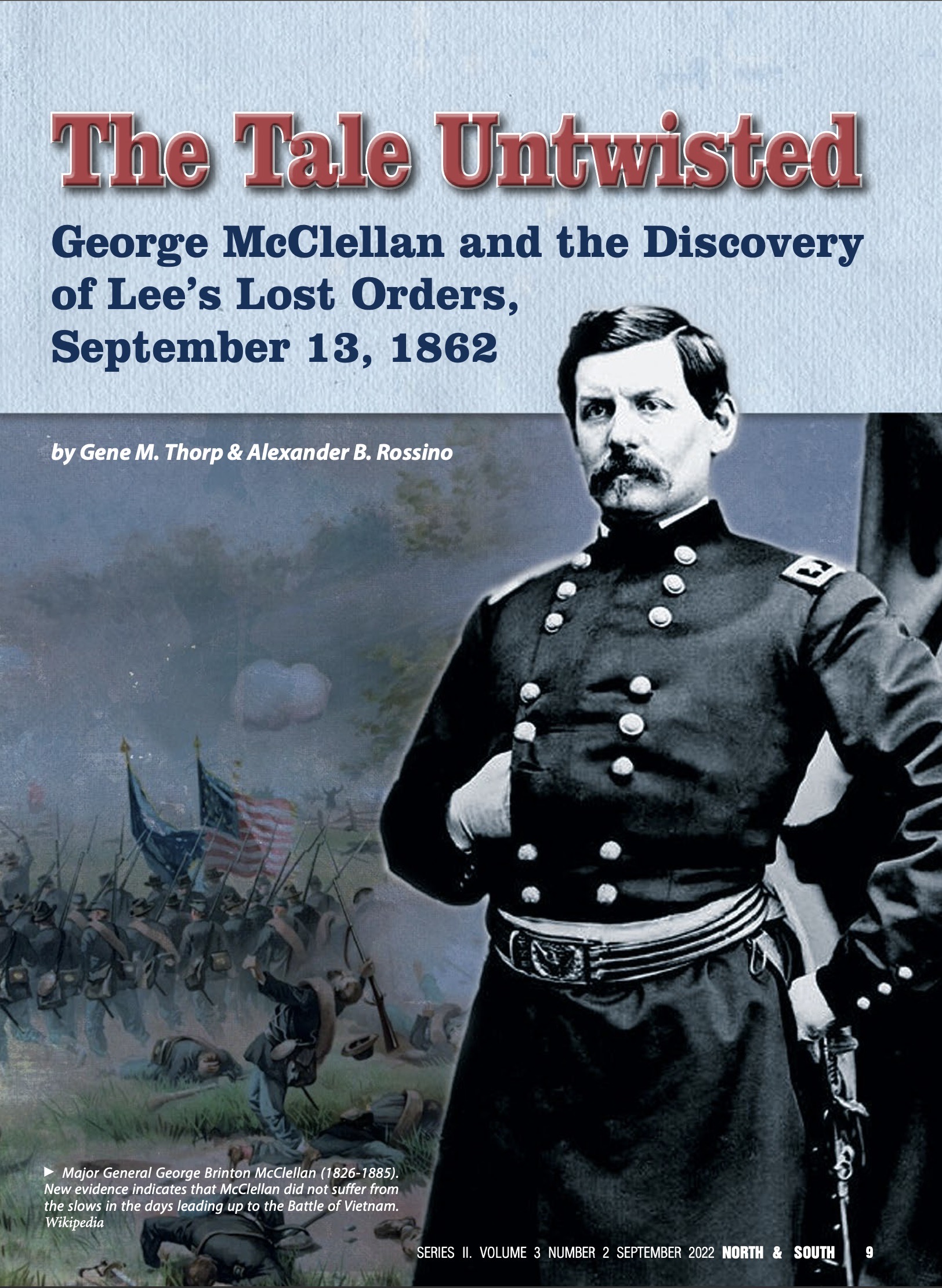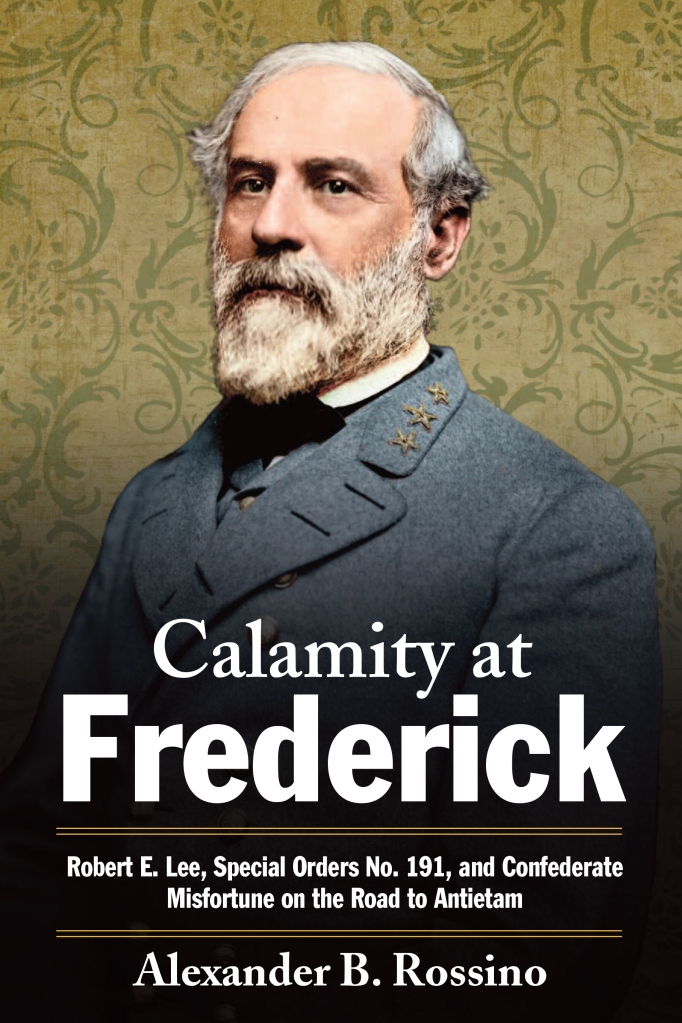
Greetings, Dear Readers.
Is it October already!?
The summer ended up flying by thanks to a series of projects I have underway. These include a detailed analysis of the handwriting in Lee’s Lost Orders, completing the book-length version of The Tale Untwisted, and also a new, condensed version of the original Savas Beatie essay kindly requested for North and South magazine by editor-in-chief, Keith Poulter.
All of these projects have been either wrapped up or are in the final stages of being completed. The essay in North and South, for example, is one of the former. I received the magazine issue today and, as is my habit, am posting the essay with co-author and mapmaker extraordinaire, Gene Thorp, to ensure wider readership. The download link is below. If you have any comments or questions I’d love to hear from you so leave them below as well.
As for the book-length version. Everything is completed for that as well and if the manuscript hasn’t already been sent to the printer it should be going there soon. I’ll keep everyone posted on its status when I hear something about it.
Lastly, there is the handwriting analysis. I’ve been working on this for months and while I’m not an closer to identifying who lost Lee’s Special Orders No. 191, I can state with confidence that the author of the lost copy was not Col. Robert H. Chilton. Knowing this opens a wider range of possibilities for who might have dropped the orders where they were found. I’m currently working through these and will have some provocative hypotheses to share so stay tuned.
Onward and Upward!
AR

